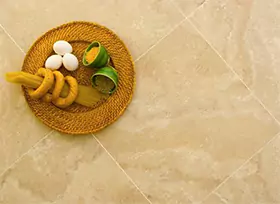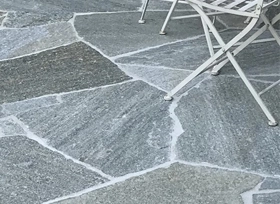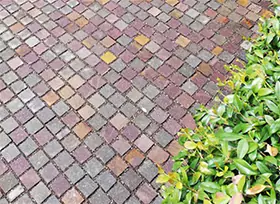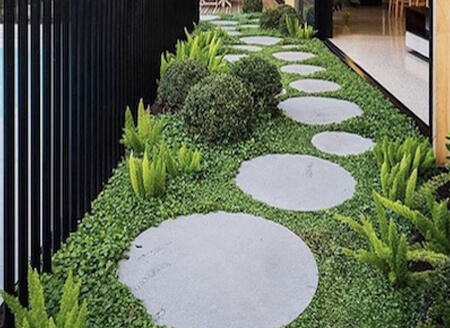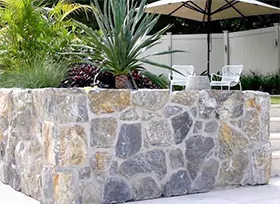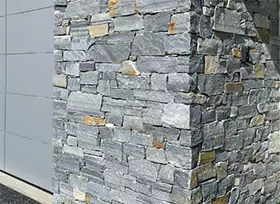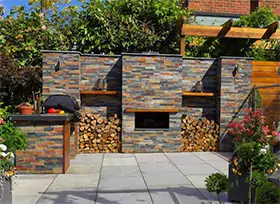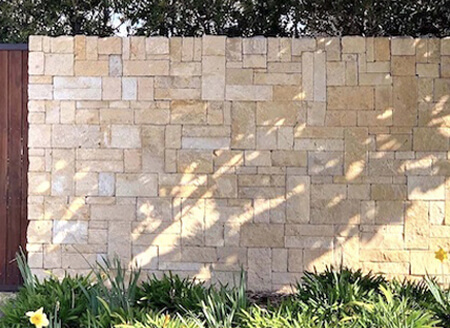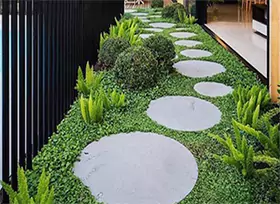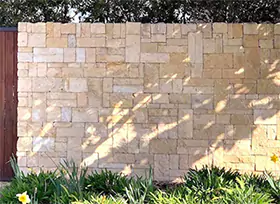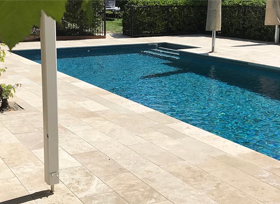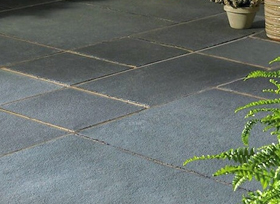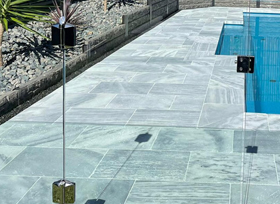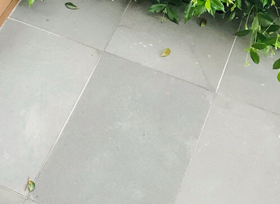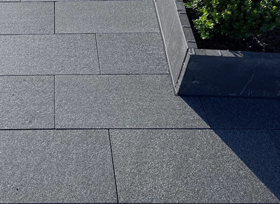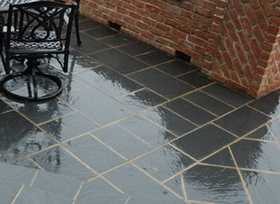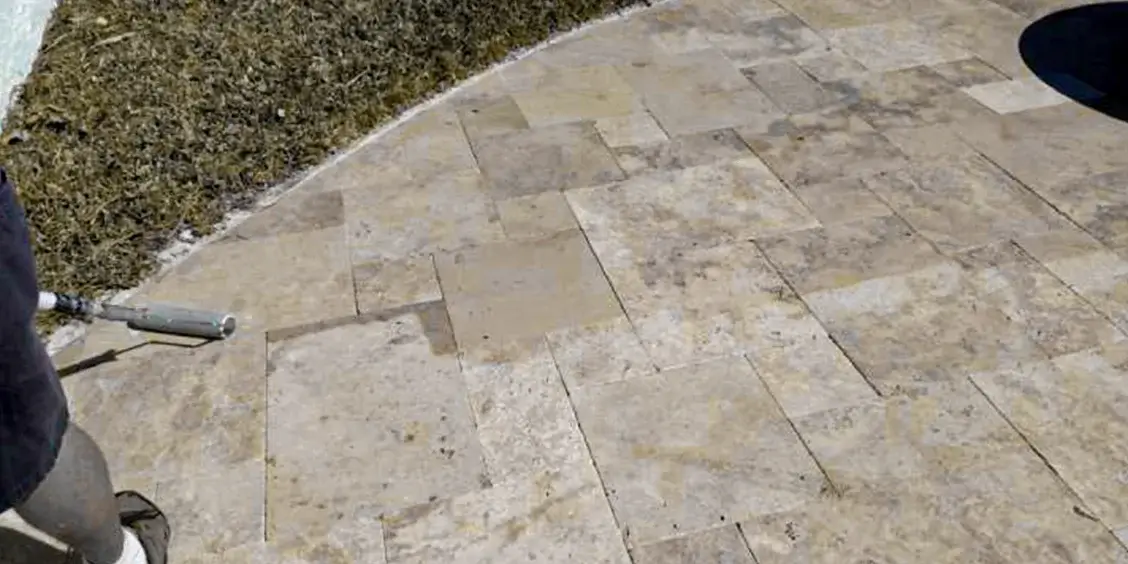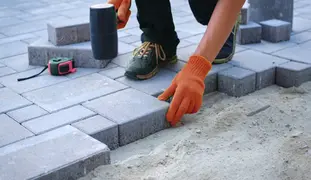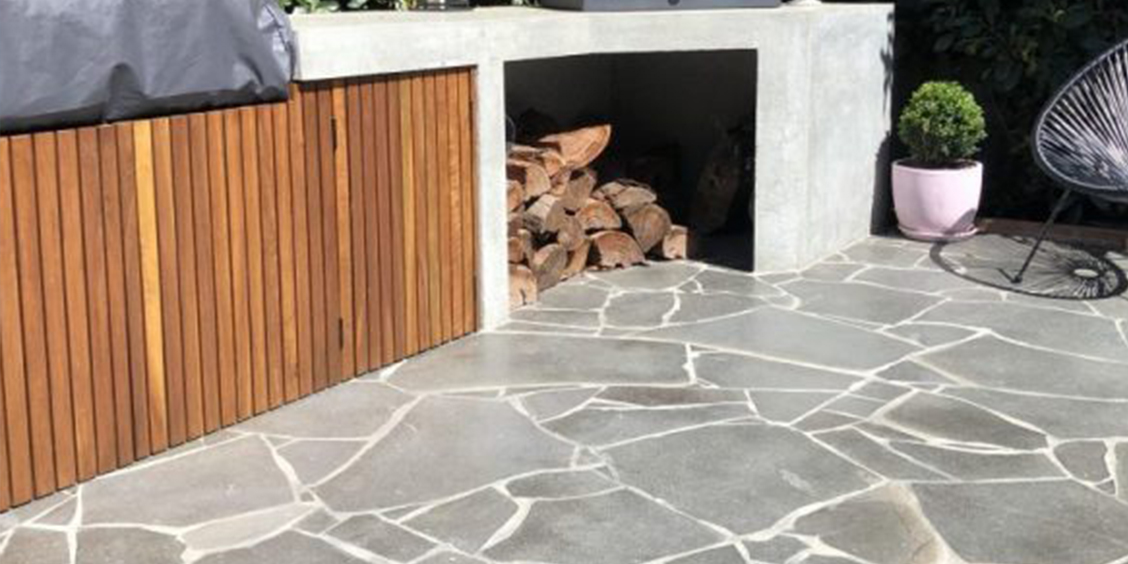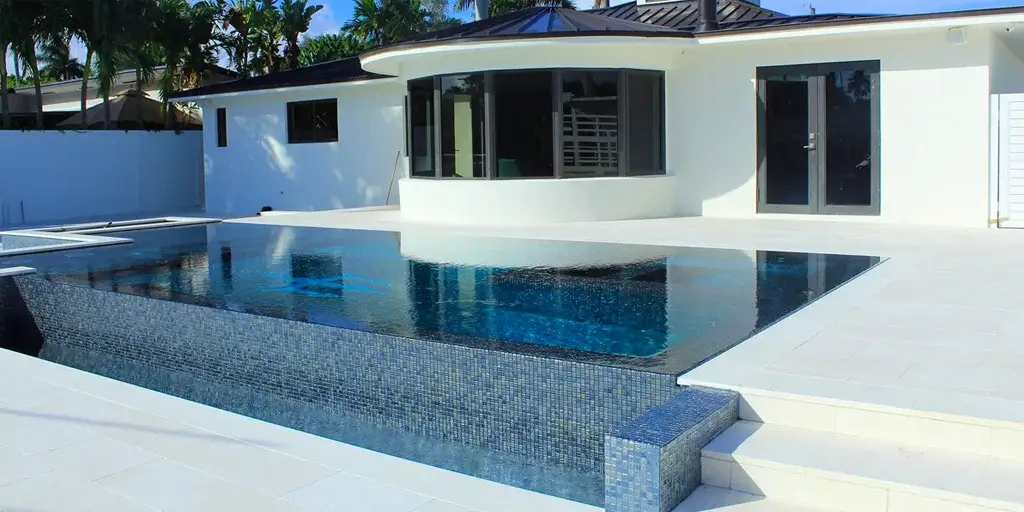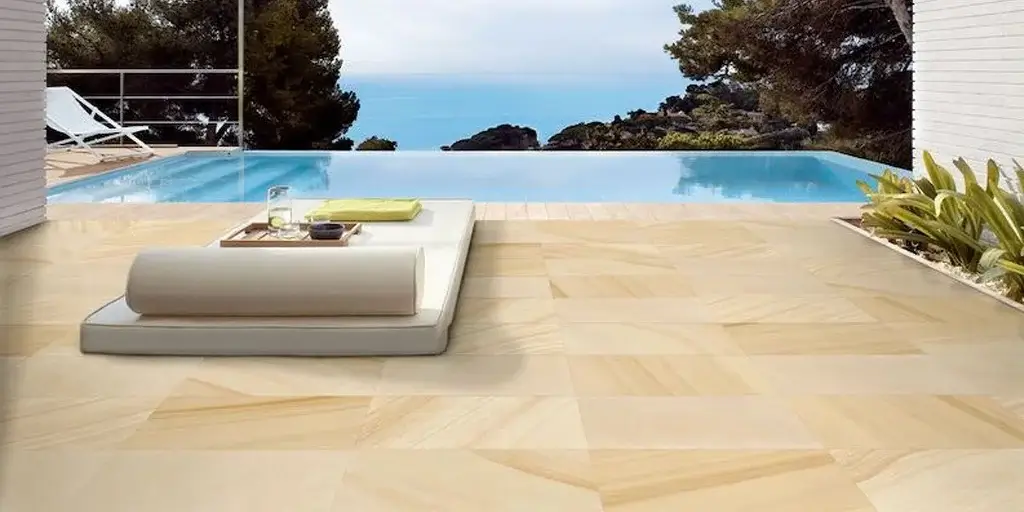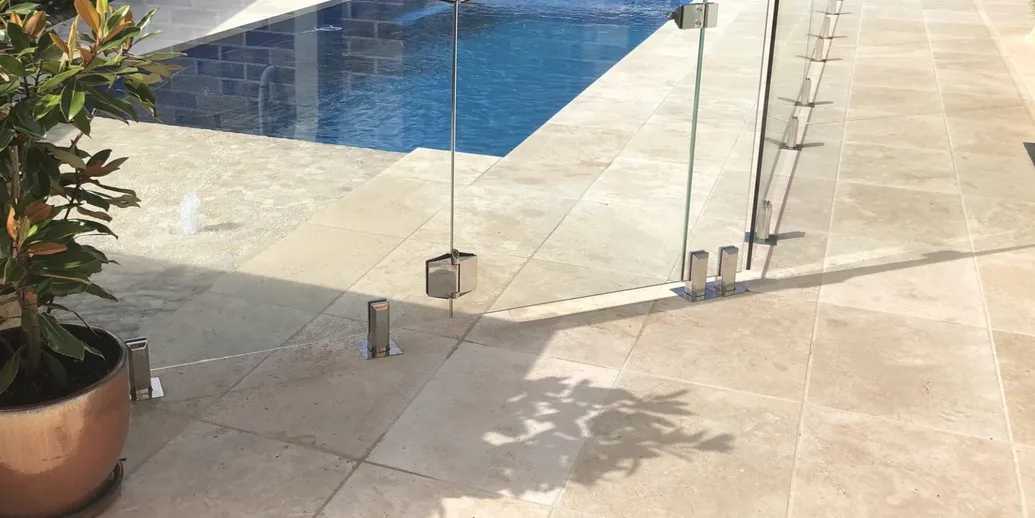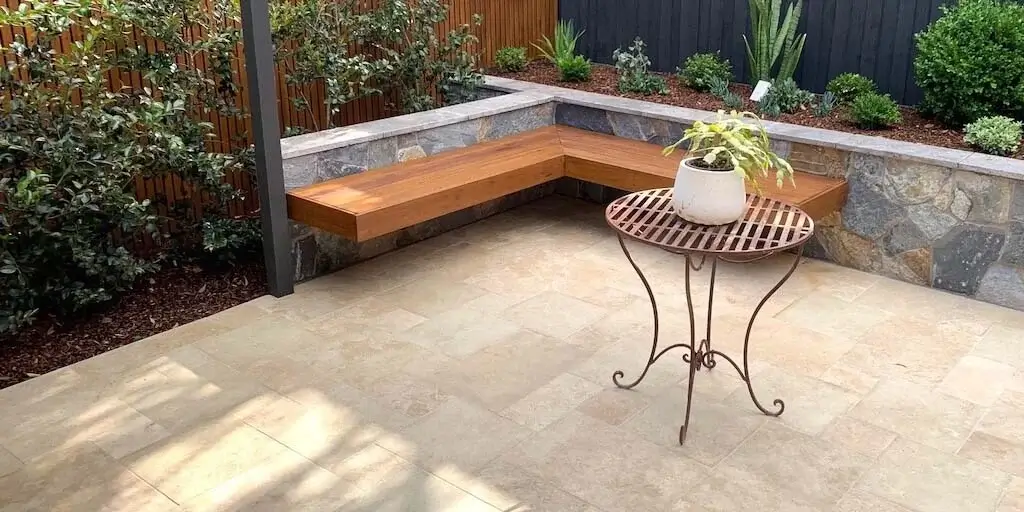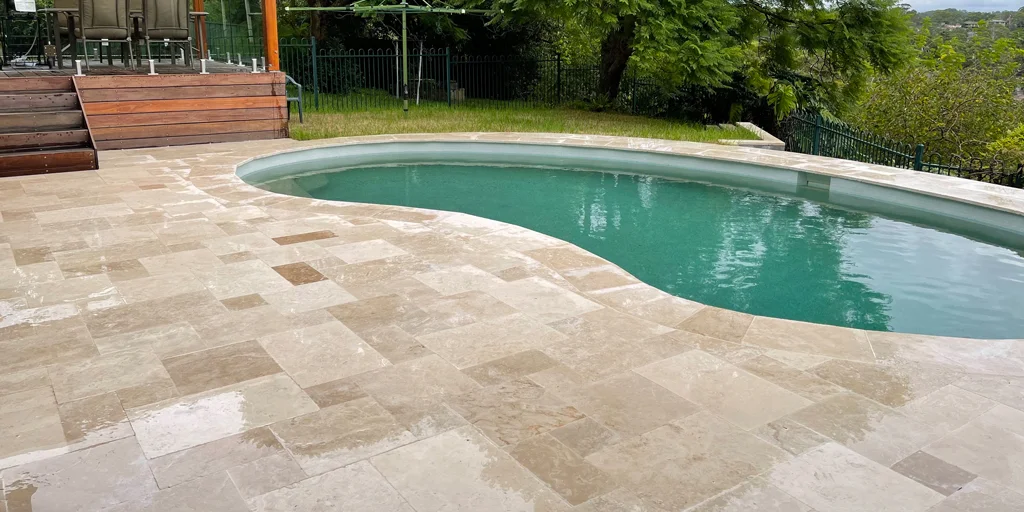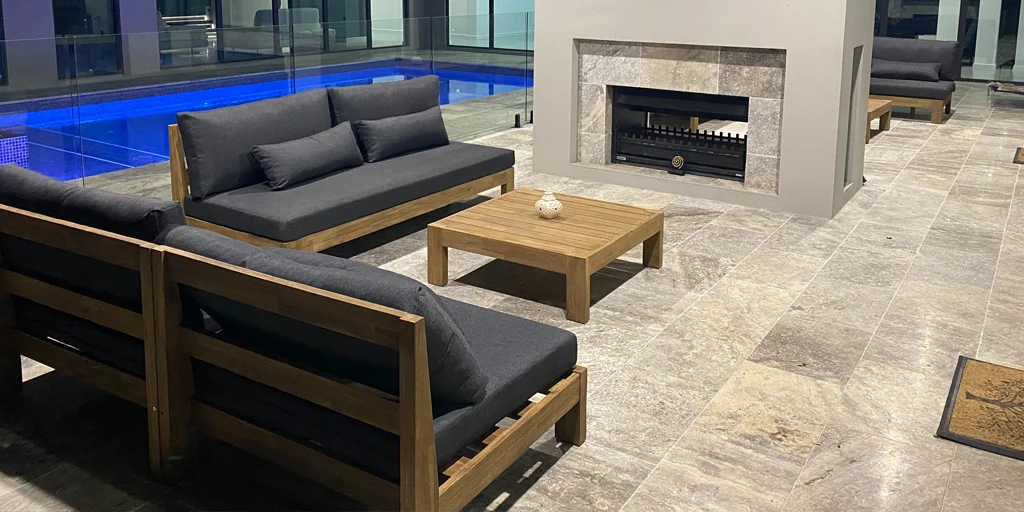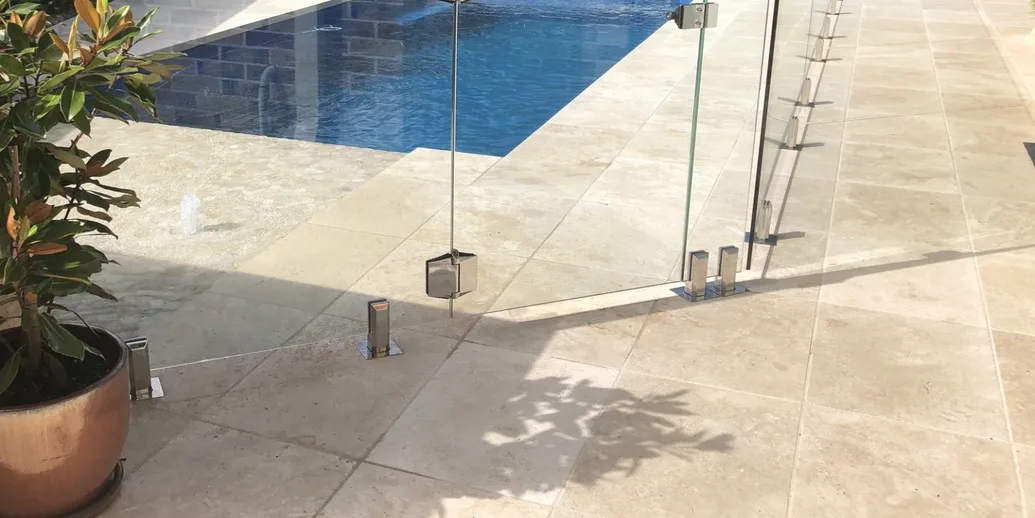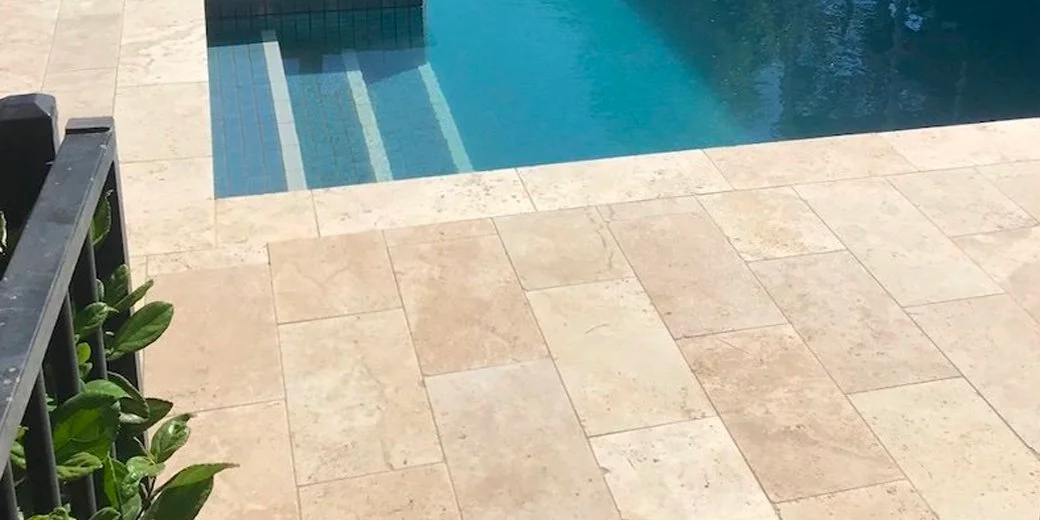The standard buildings of any city are just as significant as landmarks or historical sites. They establish a identity infused with regional ideals and frequently attest to the geological foundation on which they are built. While most modern buildings are made of concrete worldwide, in Australia, people are looking into low-carbon building materials such as natural stones. These include Sandstone, Bluestone, Limestone, Marble, Travertine and Slatestone. Out of all these options, one stone that is making headlines and is the most popular choice of homemakers, landscapers and builders is Travertine.
Some of these Travertine pavers and tiles are sourced from local quarries. However, most of these are procured from other parts of the world.
Little Bit About Travertine and Why It Is Popular
The formation of the natural stone, its hardness and texture along with concentric aspect distinguish Travertine pavers and tiles from other natural stones. Travertine tiles and pavers have naturally occurring pores on the stone’s surface, which give it an aged and weathered appearance and are one of its defining features. It is available in various colours, including beige, cream, tan, silver, grey, yellow and red. What’s more, Travertine is favoured because of its uniform surface.
The Effects of Weathering
All things have at least one con and for Travertine tiles and pavers, it’s the effect of weathering on the stone.
We know that the degradation of natural stones affects their structural integrity, exterior fabric and internal environment. Additional circumstances and elements such as the building’s construction and the urban environment, are layered on top of this. When Travertine pavers and tiles are arranged in any outdoor space, the degree of exposure to sunlight, wind and rain affect their wetting, drying, heating and cooling cycles. It further changes the pattern of their natural deterioration.
This combined will either speed up or slow down the decay processes of Travertine pavers and tiles, impacting how long they can be maintained. The management of buildings, both modern and historical, must take climate change into account in the current situation because it is one of the most significant difficulties the world is currently experiencing. This includes developing a good routine for maintenance.
Is Climate Change Trend the Reason?
Climate or weather changes that last longer than usual are often the reason for weathering in natural stones. It used to be primarily brought on by natural factors like changes in the Earth’s orbit, ocean currents and volcanic eruptions. Now it is accelerated by human activities.
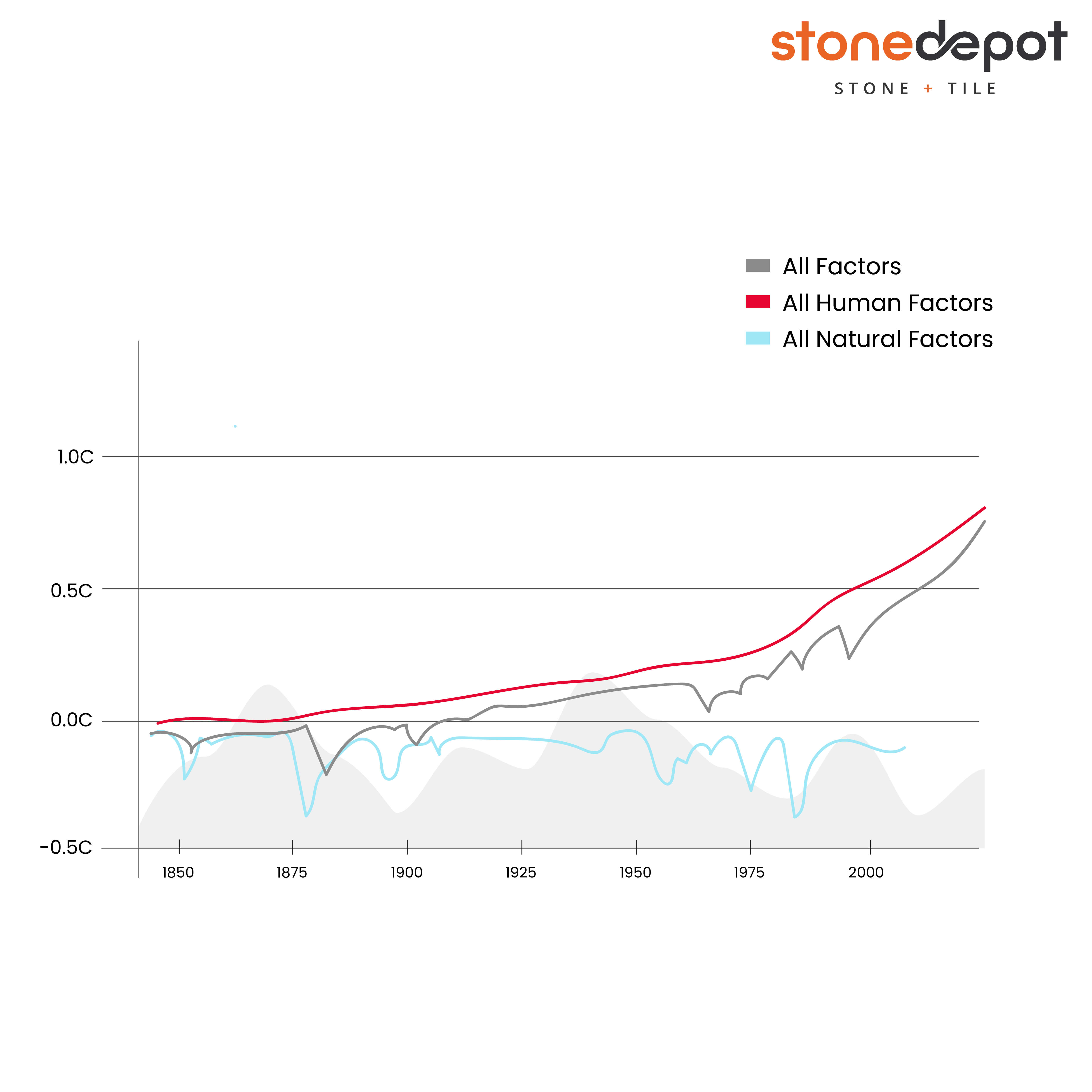
Climate models have been created to anticipate future greenhouse gas emissions while considering various scenarios.
According to climate change modelling, Australia will see future summers that are hotter and drier with higher summertime maximum temperatures, extreme rainfall events and an intensification of the urban heat island effect. Southern Australia will experience more drought days and snow levels will be reduced.

These will influence all the natural stones. Travertine pavers and tiles decay rates and the mechanisms causing it is controlled by intrinsic characteristics, including texture, mineralogy, porosity, pore size distribution and other elements connected to the climate and human activity.

The effects of extrinsic elements, such as temperature and rainfall, the concentrations of air pollutants and the emissions of carbonaceous aerosols, can be especially relevant for continents like Australia. It is crucial to consider how changing air pollutant concentrations and the effects of climate change in the area, such as rising average annual temperatures and precipitation with a hotter, drier summer and heavy rainfall, could affect the long-term preservation of Travertine pavers and tiles.
How Else Does Travertine Get Damaged?
Regardless of the finish, Travertine tiles and pavers can be damaged by wear and tear or carelessness. Here are some ways in which Travertine can get damaged:
- Etching: It results from an acidic chemical corroding the stone such as wine, vinegar, coffee or acidic cleaners.
- Staining: A substance penetrating the Travertine pavers and tiles and leaving a darker impression is a stain.
- Scratching: A significant risk of scratching occurs when heavy or sharp objects are moved across a Travertine surface.
- Mould, mildew: If Travertine is exposed to continuous moisture, mould and mildew are frequent fungi.
- Grime accumulation: Even when maintenance is done correctly, dirt is deposited in the surface’s tiny cracks and holes.
- Mineral deposits: These are white, scaly-appearing stains that are more prevalent in areas where the tap water is hard (i.e., includes a lot of minerals such as calcium and magnesium). They are created when minerals and soap residue mix.
- Fortunately, all these kinds of damage are repairable with a qualified restoration. If you buy honed Travertine, your Travertine tiles or pavers can be dramatically altered and made to look brand-new.
Travertine Honing and Polishing to Restore Your Surfaces
Deep cleaning, honing and polishing may be required depending on the degree and kind of damage. Expert specialists perform these procedures to return Travertine pavers and tile surfaces to their initial condition. Honing repairs natural stone floors using industrial diamonds to remove etch marks, scratches and stains.
Like a diamond pad, an abrasive pad with a low grit number is set up on a grinding machine. Honing powders are also put on the stone and rubbed onto the surface.
Diamond pads are categorised by numbers based on how well they can remove different types of stone. The grit gets coarser, the lower the number. The less abrasive it is, the higher the number. For polishing, higher-numbered pads are employed. Honing requires a specialised industrial grinding machine and skilled workers. Sometimes all a floor needs to look brand new is a good sharpening. This occurs because honing removes the exterior stone layers to reveal a more recent surface devoid of etching and scratches. If you don’t want to go through the hassle after the installation, then you can also buy honed Travertine pavers and tiles in various colours from Stone Depot. We take pride in offering the best range of premium Travertine pavers and tiles that are honed and tumbled.
When you require exceptional slide resistance, want to hide wear and tear indicators, but don’t want a rustic finish, honed Travertine pavers and tiles are a fantastic option to go for. Honed stone retains its elegance while looking natural and revealing all of the stone’s characteristics.
Another popular Travertine pavers and tiles restoration technique is polishing. This process provides a beautiful, mirror-like gloss that looks hugely opulent. Like honing, polishing is done with industrial diamond pads, but these have a lower grit. They are hence less abrasive. If the homeowner wants their floor to have a high-gloss surface, polishing is typically done after honing. Sometimes polishing is sufficient instead of honing floors in good condition.
Deep cleaning is another fundamental technique that comes before any other Travertine repair. Experts employ high-speed scrubbers and vapour steam cleaners to reach the most challenging spots. With these tools and stone-safe cleaning supplies, even the ingrained filth accumulating in Travertine’s pits, fissures and grout lines may be removed.
Travertine tile grout lines can detract the beauty of this stunning stone. Applying an epoxy-based sealer on grout shields it from moisture, stains, mould and mildew. It is also recoloured in any shade the client chooses simultaneously.
Basic Travertine Care
Regular maintenance is necessary for Travertine pavers and tiles. Following these simple tips can help you maintain the best possible condition for your Travertine.
- Sweep the floor with a gentle broom or a dry dust mop if you are cleaning it. Grit and dust can also be removed by vacuuming. Avoid using rough brooms since they can damage the Travertine’s surface. Use a portable vacuum cleaner instead of a full-sized canister. For daily upkeep, dry cleaning your Travertine is a wonderful option.
- Use a top-notch, neutral cleanser on any Travertine surface. Make sure your product is marked as natural stone safe before using it. Avoid over-the-counter cleaning products with acidic ingredients, as they can etch and harm the stone.
- Travertine pavers and tiles must only be cleaned occasionally with warm water, mild cleansers and a microfiber cloth or mop. After cleaning the surface, you can use a dry microfiber rag or mop to remove any remaining moisture. You only need to vacuum once a week to be done with it.
- If something spills, clean it up right away. This will prevent etching or staining.
- Put carpets and rugs on your floors as protection and acquire rubber furniture protectors. Use trivets, caddies, placemats and coasters on kitchen counters. For bathroom surfaces, use vanity trays and cover mantlepieces with placemats.
- You can use an automatic scrubber or a vapour steam cleaner to clean your floors or other surfaces twice a year thoroughly.
- After each usage, squeegee your travertine shower. To prevent dampness, make sure the restroom is ventilated.
- Make sure your grout and tiles are in top shape. Every six months, look for cracks, colour changes or chipping. Call the specialists if you discover any issues.
Seal Travertine Pavers and Tiles to Minimise Damage from Weathering or Strains
There is no justification for continuing to let your Travertine surfaces deteriorate. Professionals are aware that sealing is necessary to safeguard natural stones from harm. The use of impregnating sealers is advised for this technique since they seal the surface from the inside out by penetrating the layers of stone.
You can seal them before installing and reseal the Travertine pavers and tiles every 2 to 3 years. One can count on the stone’s texture to do great if the quality is premium. We at Stone Depot only deal in premium natural stones. You can contact our stone experts today for a good deal on Travertine for your project. Get free samples to make your decision easier.
*Disclaimer: All information and advice given above in the blog are to the best of our knowledge. Please reconfirm at your end before execution.




